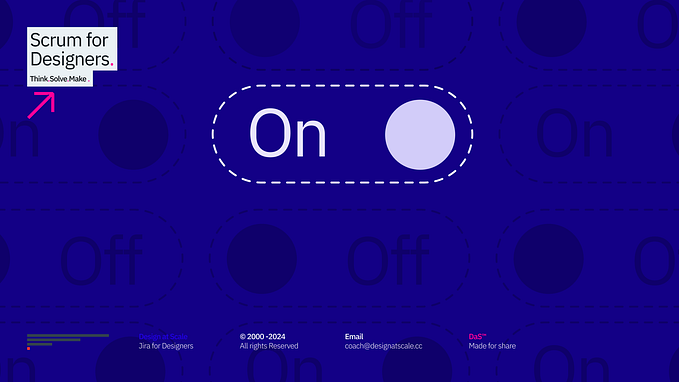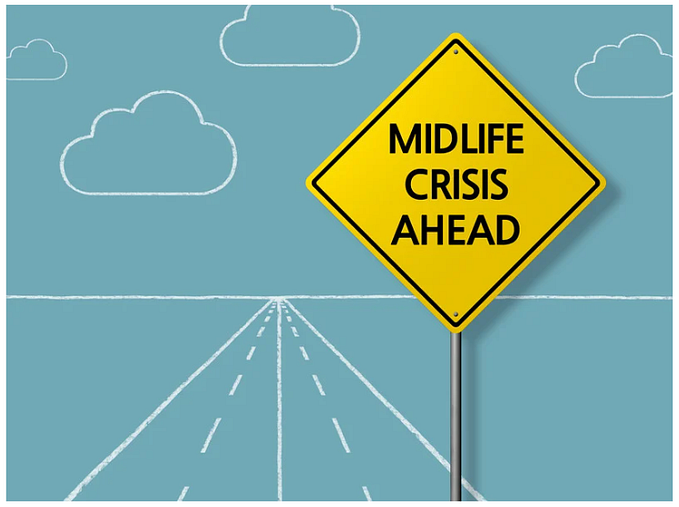Member-only story
Design Thinking: Stakeholder Maps

Stakeholders maps are used to document the key stakeholders and their relationship. If you’re integrating new team members, starting a new project, exploring a new market, or expanding an offering, this activity helps you identify project stakeholders, their expectations, and relationships.
At the beginning of a design project it is important to identify the key stakeholders and their relationships. The Stakeholder Map is an excellent resource for the design team.
Putting the Stakeholders Before the Project
Stakeholders can make or break a project and regardless the type of project, they are the ones you should consider first and foremost. If your stakeholders do not like the project, or if they do not have enough information, they may put an end to it. To keep your project moving forward towards success, design a stakeholders map that will give you important information about everyone involved. You can learn more about their power and interests, allowing you to communicate effectively. It is the best way to handle any change within your business, whether it is starting a new project or going a new direction. Building an understanding and relationship with stakeholders is integral to your design thinking process.
It takes no skills to make something crappy. Skills are only required to make something great. — Jared Spool
The Power of Stakeholders
You can separate stakeholders into two groups — those with interest and those with power. Many times, stakeholders will be part of both groups or, in some cases, neither. Those with interest in the project or change are those who may be affected by it or who will want to be part of it. Those with power are the ones who can change things, either for the better or for the worse. Separating your stakeholders into these two groups requires knowledge of them, including roles, goals, hopes, and fears.
Clustering Stakeholders
You can use basic descriptors to cluster the stakeholders. Descriptors like stay-at-home parents, teachers, and workforce can help you to build an outline of the stakeholders. After going vague, you can…










